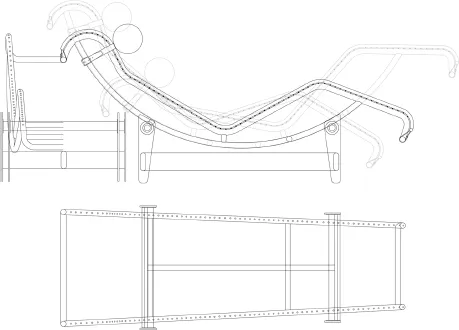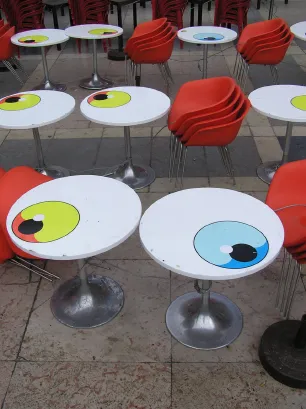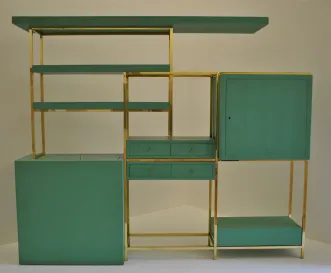Furniture Design
About this book
The comprehensive guide to furniture design— expanded and updated
Furniture designers draw on a range of knowledge and disciplines to create their work. From history to theory to technology, Furniture Design offers a comprehensive survey of the essential craft- and practice-related aspects of furniture design.
Generously illustrated with photographs and drawings—including a new color section—this Second Edition features updated coverage of material specifications, green design, digital design, and fabrication technologies. It also features twenty-five case studies of furniture design that represent a broad selection of works, designers, and techniques, including recent designs produced within the last decade.
The book explores:
- Furniture function and social use
- Form, spatial organization, and typological orders
- Structural integrity and composition
- Accessibility, universal design, human factors, and ergonomics
- The design process, from schematics through fabrication
- Materials, processes, and methods of fabrication
- Professional practice and marketing
- The history of furniture design, from prehistory to the digital age
Complete with a glossary of terms and a comprehensive bibliography, Furniture Design, Second Edition is a one-stop resource that furniture designers will turn to regularly for the advice, guidance, and information needed to perform their craft.
Frequently asked questions
- Essential is ideal for learners and professionals who enjoy exploring a wide range of subjects. Access the Essential Library with 800,000+ trusted titles and best-sellers across business, personal growth, and the humanities. Includes unlimited reading time and Standard Read Aloud voice.
- Complete: Perfect for advanced learners and researchers needing full, unrestricted access. Unlock 1.4M+ books across hundreds of subjects, including academic and specialized titles. The Complete Plan also includes advanced features like Premium Read Aloud and Research Assistant.
Please note we cannot support devices running on iOS 13 and Android 7 or earlier. Learn more about using the app.
Information
chapter 1
Introduction to Furniture Design

Furniture
- noun 1. the movable articles that are used to make a room or building suitable for living or working in, such as tables, chairs, or desks. 2. the small accessories or fittings that are required for a particular task or function: door furniture.2
- Human body support devices (Figures 1.2 and 1.3)
- Surfaces and objects to support various activities (Figures 1.4 and 1.5)
- Storage and display pieces (Figures 1.6 and 1.7)
- Spatial partitions3 (Figures 1.8 and 1.9)








- Aesthetics (the meaning of form)
- Historical precedent (examples from the past)
- Principles of design (i.e., unity, harmony, hierarchy, spatial order)
- Function and social use (ergonomics, comfort, proxemics)
- Design processes (sketching, iterative overlays, model studies, digital modeling, full-scale working prototypes, collage assemblies)
- Material (classification, characteristics, properties, availability, cost)
- Fabrication processes (hand, power, digital)
- Environmental design matters (sustainability, renewable materials, off-gassing)
- Surrounding context (the spatial setting for furniture)
- Professional practice (economic, legal, and business decisions)
- Health care
- Hospitality
- Institutional
- Office
- Recreational
- Religious
- Residential
- Retail
- Storage
Table of contents
- Cover
- Contents
- Title
- Copyright
- Preface
- Acknowledgments
- Foreword
- Foreword to the First Edition
- Chapter 1: Introduction to Furniture Design
- Chapter 2: Function and Social Use
- Chapter 3: Form, Spatial Organization, and Typological Orders
- Chapter 4: Furniture Case Studies
- Chapter 5: Furniture Design Theory
- Chapter 6: Design
- Chapter 7: Materials
- Chapter 8: Processes and Methods of Fabrication
- Chapter 9: Professional Practice and Marketing
- Chapter 10: Historical Overview
- Appendix: References and Sources
- Glossary
- Bibliography
- Index
- Supplemental Images
